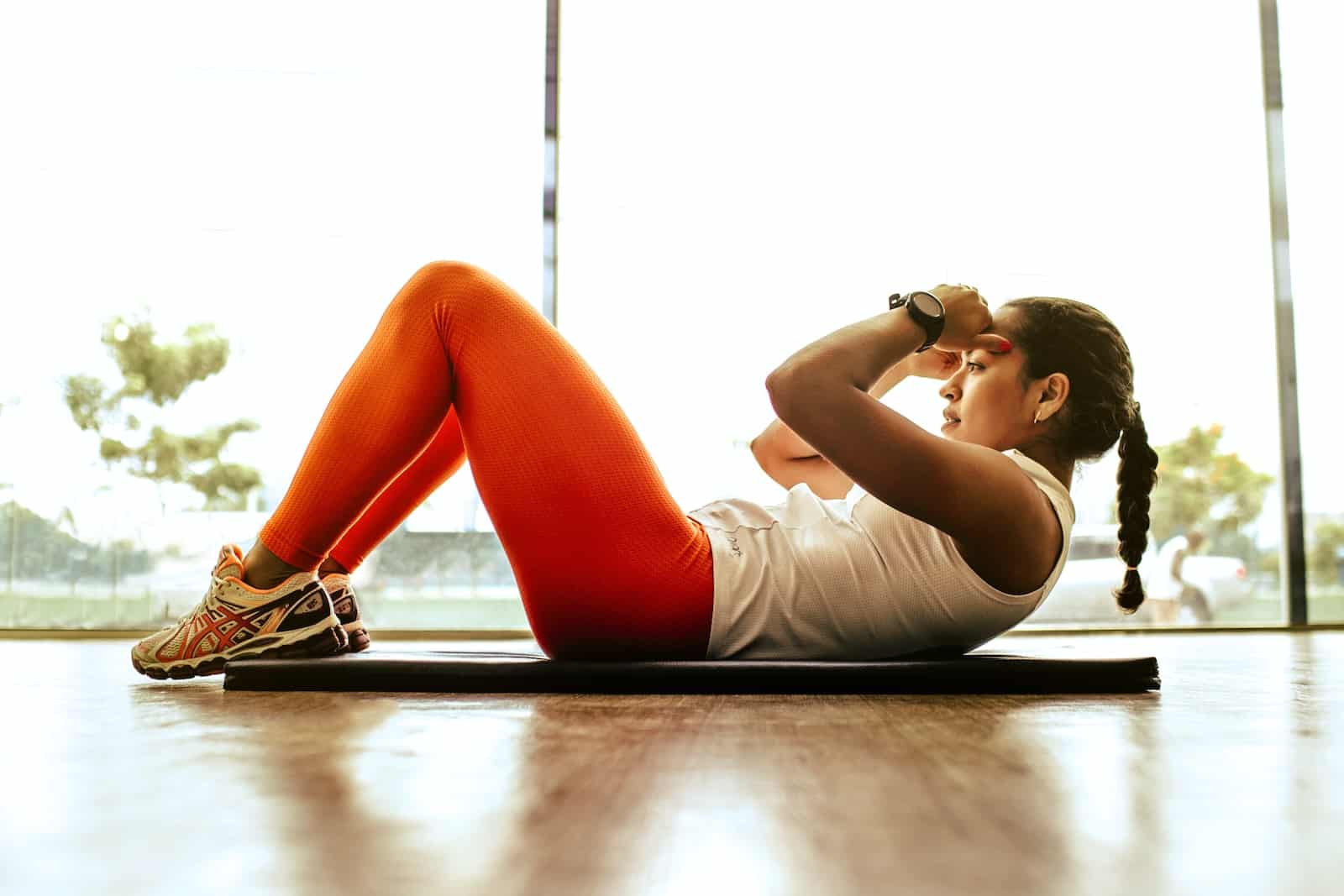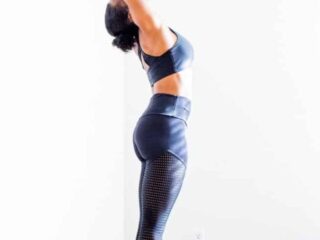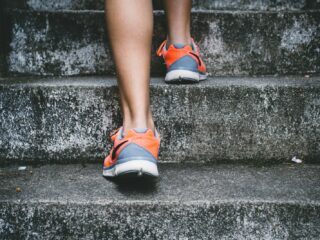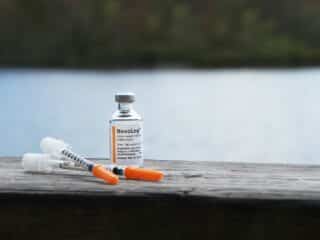
Eat carbohydrate-rich foods to replenish glycogen.
Scientific studies have proven that up to 80% of the ATP produced by the body during resistance training comes from glycolysis. This means that most of the energy spent when lifting weights comes from the breakdown of glucose.
The carbs that aren’t spent to produce energy are stored in the body as glycogen and it’s only when the glucose levels in the body get depleted that the glycogen is converted to glucose to supply the muscles with the required energy.
After working out, in most cases, the glycogen levels in the body significantly decrease. To have enough energy for your next workout, eat enough carbohydrates to replenish your glycogen.
This calls for you to eat a big carbohydrate serving after a workout. Some people advise that you should take the serving immediately after you get back from the gym, but studies show that there is no difference whether you take the carbohydrates immediately after working out or wait for 2 hours.
For the best outcome, eat the carbohydrates within a 2-hour window after coming from the gym.
Some of the best carbohydrates to eat include: fresh fruit, sweet potatoes, oatmeal, legumes, quinoa, whole grain pasta, and whole wheat bread.
Foam roll the tight muscles
Foam rollers are large cylinders made from solid foam. They come in various sizes and firmness levels, and you often use them to massage the large muscle groups in the body, such as the glutes, hamstrings, and quads.
Like a massage, form rollers are a type of myofascial release technique. Fascia is a layer of fibrous tissues that surrounds the muscles. It protects the muscles and helps them move smoothly, making you more active.
If your muscles are overworked or injured, the fascia can contract to protect the muscles from further injury. Sometimes the tension remains even after the muscles have healed, so you feel tight even after the injury is gone.
Many athletes apply kinesiology tapes for relief when pain and tension are a concern. For optimal results, utilizing CBD-infused tapes can provide the best assistance in such cases. These tapes combine the benefits of kinesiology taping techniques with the potential pain-relieving properties of CBD, offering a comprehensive solution for those seeking pain relief and muscle support.
When you use the foam roller, you manipulate the tissues, making you feel relaxed and loosened.
To get the most benefits from the foam roller, you need to follow this guide:
- Identify the tight or sore area of your muscle.
- Slowly lower the targeted area so that it’s centered above the roller
- Lower your body on the foam roller until it gets uncomfortable (not painful), and hold it there.
- Hold this position for 20-30 seconds.
- The pressure from the foam roller is enough to provide the benefits, but to stimulate the area further, roll the sore spot back and forth on the foam roller.
- Continue moving slowly along the muscle with a roller, stopping and holding in the areas that need more attention.
There is no definite way to use a foam roller, so don’t shy away from experimenting with slight adjustments to your body position.
While at it, remember to breathe. Many people focus on the sensations that come with massaging a painful knot that they forget to breathe. Don’t do this. Roll on the foam roller while maintaining a smooth breath.
Get enough sleep
The amount of sleep you get significantly determines your testosterone production. When you have little sleep, you have lower testosterone production.
Studies show that when you sleep five or fewer hours a night for just a week, you lower your testosterone levels by up to 15%.
Sleep restriction has also been shown to lead to a similar reduction in insulin-like Growth Factor 1 (IGF -1).
You might be wondering how these two hormones influence muscle growth, right? Testosterone and IGF- 1 have a considerable impact on the process of protein synthesis. When you compromise the hormones, it doesn’t matter how much you go to the gym or what you eat, as your muscle building will be gravely compromised.
This means that for you to maximize your gains, get enough sleep. For the best outcome, ensure that you sleep at least 8 hours a night.
When you have a night of adequate sleep, you produce enough hormone levels and energy, so you push harder in your next workout.
Avoid stress
It’s often easier said than done, but you should strive to avoid stress as much as possible. This is because stress causes testosterone levels in the body to drop.
When you are stressed, your body releases cortisol and, at the same time, decreases the production of testosterone. While the testosterone drop is temporary, you have a permanent reduction when constantly stressed.
To build muscle, you need to avoid stress. Experts recommend you undertake a deep analysis and determine the major stress triggers. It’s only after you have determined what triggers that you can address it.
Luckily, there are plenty of ways to deal with stress. You can meditate, see a therapist, and plenty of other ways. Find the one that works for you.
Eat some protein—but before you work out.
Since proteins are the building blocks of muscles, you might argue that you should take plenty of them after working out, but studies show that you don’t get the most from proteins when you take them after a workout—you benefit the most when you take them before working out.
Read more tips on how to properly take your proteins here.
A study done at University of Texas Medical Branch at Galveston comparing the effectiveness of proteins before and after exercising found that drinking a mixture of amino acids and carbohydrates before exercising led to a significant rise in muscle protein synthesis than when you consume the amino acids after exercising.
So, to build more muscles, don’t take proteins after you come from the gym—take the proteins before you head there.







1 comment
A good stretch after running session or resistance training helps a lot, at least that’s what fellows at local running store( [Link deleted]) told me. Definitely helps to feel less sore the next day 😀